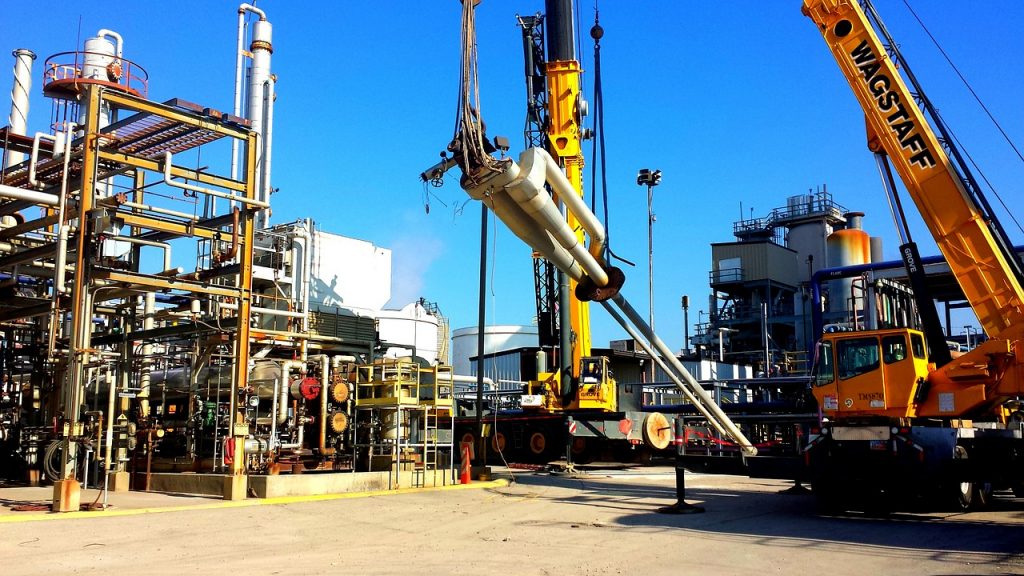The needs of learning and development in the energy industry are unique. Exploration, refining, and distribution of oil and gas and alternative energy sources have become complicated processes, as new technologies are introduced to maximize production.
According to research conducted by the Society of Petroleum Engineers, employees place a great emphasis on training opportunities when choosing employers.
According to the SPE survey, three-quarters (74.6 percent) of employees state that learning and development programs are important in their choice of role, and over half (53.3 percent) indicate that a lack of opportunities would be enough for them to consider leaving the company.
As such, an environment that incorporates such opportunities can often mean the attraction and retention of an organization’s most qualified—and valued—employees.
Further, the global demand for both traditional and alternative forms of energy puts stress on companies and by extension, their employees. Employees in the energy industry today must keep up with and adopt new technologies to continually develop new forms and sources of energy. Production ultimately affects prices and the overall energy market.
So, how can L&D deliver training in the energy industry that simultaneously considers the needs of the organization, its employees, and the overall market?
How can L&D design effective training for employees in the energy industry?
As the energy industry grows more significant, and new participants enter the value chain, training is vital. Spending time in instructor-led training sessions takes away from engineering, design, exploration, distribution, or retail marketing activities.
The following are 5 strategies that can help learning and development professionals in the energy industry produce outsize results in often stressful, demanding environments.
Encourage On-the-Job Training
Oftentimes oil and gas operations are in far-flung locations, far from the home office where the L&D team sits. The energy industry is a perfect example of training having largely moved to the business units, driven by managers in the field who can quickly develop and deliver training to employees.
When they want to learn a new skill, employees first turn to their peers, then to their bosses, according to a report published in Harvard Business Review.
There is a high value in encouraging on-the-job interactions between peers, teammates, and managers. In this year’s Global Human Capital Trends report, HR consulting firm Bersin by Deloitte found that organizations are moving towards a “joint ownership, joint accountability” model of workforce learning, in which L&D and the business share responsibility for developing learning.
As such, to stay on top of ever-changing technology and safety protocols, local managers can serve as a valuable resource.

Prioritize for Maximum Benefit
As with other industries, energy companies face a shortage of resources allocated to training. This may seem paradoxical, given the multi-trillion-dollar size of the oil, gas and alternative energy industry.
However, with most funds going to exploration or the development of new technologies for extraction, refining, and distribution, training budgets are considered overhead and are often greatly reduced in size.
With uncertain resources, L&D leaders need to constantly assess training priorities. Generally, the biggest priority remains compliance training—making sure that employees are following the rules to ensure safety in a high-risk workplace.
Further, L&D can ease the prioritization of training demands with an efficient training request intake process. Subject matter experts and managers within the organization can request new training or updates to mandated compliance courses; the training department can easily prioritize and manage the flow of requests.
A Training Request platform allows you to easily manage and prioritize training requests. Learn more about how a training request platform can ease the burden on training departments in the energy industry.
Embrace Mobile Learning
Again, with the remote nature of the energy industry, employees are increasingly mobile and relying on mobile devices and communications to complete their work. Mobile learning can provide tremendous advantages, as it can be delivered in an anytime, anywhere context, available to employees wherever the workplace may be.
According to TrainingIndustry.com, responsive e-learning, responsive LMSs, and learning apps, all of which support multi-device access, have become essential and the mobile experience should be seamless with learning experiences provided via other devices (desktops, laptops, and tablets).

Accept Informal Training
Because of the remote, 24/7 nature of some roles in the energy industry, L&D needs to accept that some training will need to be informal.
According to the SPE survey cited above, only two-thirds (65.7 percent) of respondents noted having received formal training, including that related to technical training, soft skills, and management and finance.
This means that one-third of training is informal. This might include casual, on-the-job conversations or training that employees elect to do on their own outside of work. L&D leaders should not be concerned about their lack of control of such training. This “informal” training can be made formal and tracked with the xAPI specification, which offers the ability to track up to 100 percent of learning experiences.

Work with Subject Matter Experts
Finally, learning leaders need to absolutely lean on those highly experienced individuals working within the four walls of the company: subject matter experts (SMEs).
Now more than ever: with an increase in the number of experienced individuals retiring, the energy industry is facing a shortage of trainers capable of mentoring the next generation. The average age of workers in petroleum companies is 50 years old, among the oldest of any industry.
However, a challenge to working with SMEs is that advising the training department and building courses is not in the SME’s job description. To get SMEs to take the time out of their busy schedule to help in the course building effort, L&D leaders can explain to the expert that his or her input will lead to a specific outcome. Experts need to be actively involved throughout the entire lifecycle of a learning project.
For example, a Learning Design System streamlines and standardizes the training design process, empowering SMEs to rapidly create effective training.
Want to learn more about how a Learning Design System can help you and your team? Schedule a demo!
In sum, the need to deliver training that addresses the need for energy companies to stay operational, competitive, and compliant requires that L&D leaders set priorities. With the right training mix, organizations can attract and retain their best employees, responsible for delivering one of the most in-demand, global resources.




